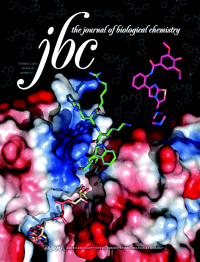In eukaryotic organisms hydrogen peroxide has a dual effect; it is potentially toxic for the cell, but has also an important signaling activity. According to the previously proposed floodgate hypothesis, the signaling activity of hydrogen peroxide in eukaryotes requires a transient increase in its concentration, which is due to the inactivation by overoxidation of 2-Cys peroxiredoxin (2-Cys Prx). Sensitivity to overoxidation depends on the structural GGLG and YF motifs present in eukaryotic 2-Cys Prxs and is believed to be absent from prokaryotic enzymes, thus representing a paradoxical gain-of-function exclusive to eukaryotic organisms. Here we show that 2-Cys Prxs from several prokaryotic organisms, including cyanobacteria, contain the GG(L/V/I)G and YF motifs characteristic of sensitive enzymes. In search of the existence of overoxidation-sensitive 2-Cys Prxs in prokaryotes, we have analyzed the sensitivity to overoxidation of 2-Cys Prxs from two cyanobacterial strains, Anabaena sp. PCC7120 and Synechocystis sp. PCC6803. In vitro analysis of wild type and mutant variants of the Anabaena 2-Cys Prx showed that this enzyme is overoxidized at the peroxidatic cysteine residue, thus constituting an exception among prokaryotes. Moreover, the 2-Cys Prx from Anabaena is readily and reversibly overoxidized in vivo in response to high light and hydrogen peroxide showing higher sensitivity to overoxidation than the Synechocystis enzyme. These cyanobacterial strains have different strategies to cope with hydrogen peroxide. While Synechocystis has low content of less-sensitive 2-Cys Prx and high catalase activity, Anabaena contains abundant and sensitive 2-Cys Prx, but low catalase activity, which is remarkably similar to the chloroplast system.
Headline Papers
Overoxidation of 2-Cys peroxiredoxin in prokaryotes: cyanobacterial 2-Cys peroxiredoxins sensitive to oxidative stress
Maria B. Pascual, Alejandro Mata-Cabana, Francisco J. Florencio, Marika Lindahl and Francisco J. Cejudo
The Journal of Biological Chemistry, 2010, Vol. 285,IBVF



 Español
Español